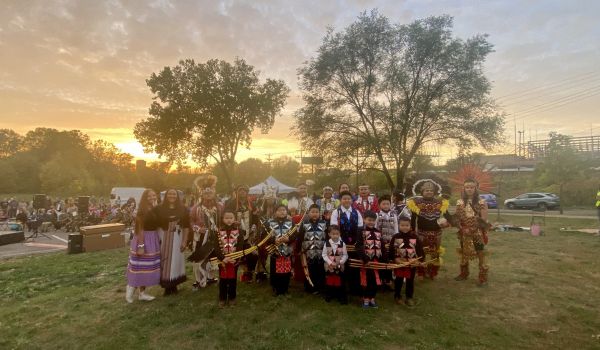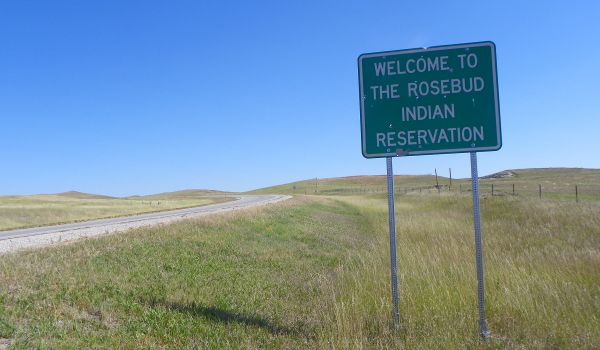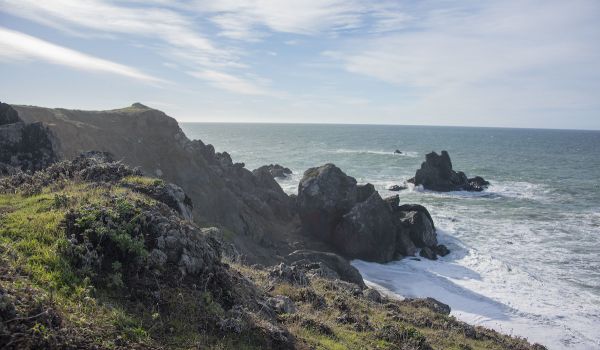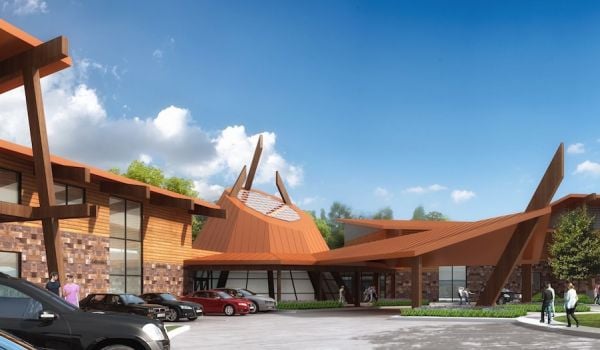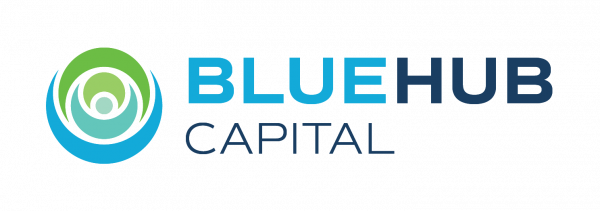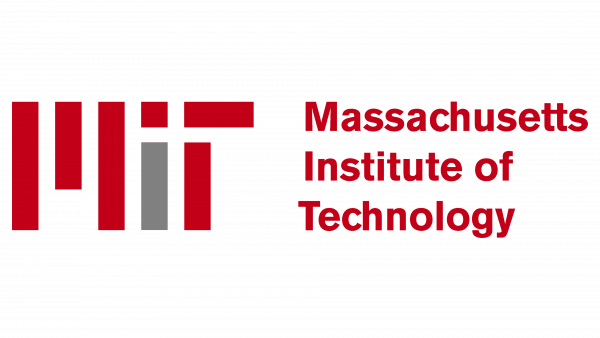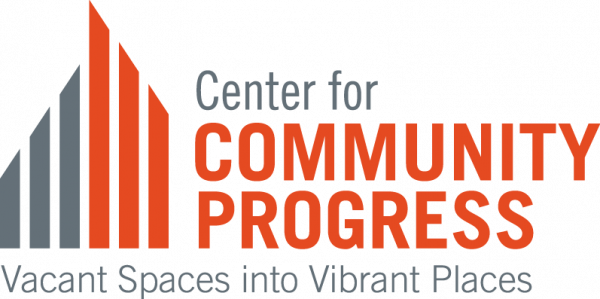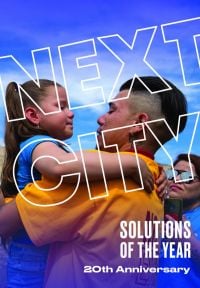From a dramatically changing food retail landscape to worker shortages and supply chain issues, the agricultural industry was hit hard by COVID-19. But many Native and Indigenous agricultural producers have also been fighting the impact of discrimination long before 2020.
According to a 2010 lawsuit, Native Americans in the agriculture industry were denied access for decades to low-interest government loans that white farmers were provided, according to NPR. The federal government agreed to pay $680 million in damages to thousands of Native American farmers, but the payout process was ripe with issues and many farmers did not receive their payments, leading to another legal battle: the Keepseagle vs. Vilsack class action settlement.
The main result of that settlement was the Native American Agriculture Fund (NAAF), formed in 2018 to receive $266 million in unclaimed funds to distribute to indigenous farmers. Toni Stanger-McLaughlin, J.D., a citizen of the Colville Confederated tribes, was named its CEO. Prior to the NAAF, Stanger-McLaughlin worked on the lawsuit that led to the forming of the NAAF and in the U.S. Department of Agriculture (USDA) headquarters in Washington D.C., within the Office of Civil Rights.
The fund is a 20-year private drawdown trust fund, which means they have a fixed life cycle to administer over $260 million. To prolong the impact of this fund, the NAAF created an OFI, or “other financial institution,” in 2021. The OFI will be a certified nonprofit member of the federally backed Farm Credit System, which is a cooperative network of lenders that support farmers and agricultural-related businesses.
Stanger-McLaughlin shares how the OFI, which will receive an official name later this year once its board is formed, will utilize small lending institutions and CDFIs to support indigenous farmers and ranchers long after the settlement funds have been distributed.
How will the OFI work in conjunction with NAAF?
NAAF will have an agreement with the OFI to hand off oversight to the new leadership and board as to the future of that entity. This is in infancy. It will expand the amount we can lend to CDFIs we already fund.
In our first years, we asked eligible CDFIs how much funding they needed to serve Native American producers, and it was over $52 million dollars in one fiscal year. So our goal is to meet the need. [NAAF is] a drawdown trust fund and will only exist for 20 years, but this OFI can exist in perpetuity forever.
Can you tell us more about the Farm Credit System and why NAAF decided to make the OFI a member?
The Farm Credit system was established concerning the farm credit crisis of the 1980s, when farmers found they couldn’t borrow from local institutions or the interest rates were too high, making operating unfeasible.
In addition, agricultural funding is unique and risky. You have to have patience and be amenable to modifying loans, which conventional institutions were not able to do. So the Farm Credit system was created through Congress, allowing members to access secure funds and offer lower interest rates. And they lend into remote communities. That’s why it’s important that NAAF works to create this OFI — because reservations and large populations of Native Americans operate in low-access areas. So membership expands opportunities to these communities.
There is an added difficulty for Native American farmers whose land is owned by the tribe or government, which hinders land-based loan collateral. How do you meet the unique funding needs of Native American agricultural works?
When we say we provide access, that doesn’t just mean loans, it includes credit education. Native Americans largely live on reservations where the federal government owns their land; even some housing is owned by tribes or the government. Individual tribal members never have the opportunity to technically own reservation property.
A lot of getting producers ready is introducing them to credit so that they can pursue business loans. This is also education on types of business entities. Each grantee identifies how they are going to provide direct lending or education. We have entities that go beyond that and offer corporate business planning and taxation education.
What will 2020 look like for the OFI?
The first year, they are only doing participatory lending. Our Native CDFIs that we already fund are prime examples of entities we would do lending with. We can join in a loan they already have and offer additional funding. But, it will be up to this new entity how much growth will occur. We also included a loan loss reserve in the first year to protect this new entity.
By having a loan reserve, we can provide the best interest rate. We’ll turn in our application to the Farm Credit System in the fiscal year 2022. We hope by July we will have the OFI board and leadership established, but we don’t anticipate doing large or multiple loans in 2022. We anticipate officially announcing the OFI and its name this summer, so early 2023 is when the new entity would start lending.
This story is part of our series, CDFI Futures, which explores the community development finance industry through the lenses of equity, public policy and inclusive community development. The series is generously supported by Partners for the Common Good. Sign up for PCG’s CapNexus newsletter at capnexus.org.
Hadassah Patterson has written for news outlets for more than a decade, contributing for seven years to local online news and with 15 years of experience in commercial copywriting. She currently covers politics, business, social justice, culture, food and wellness.

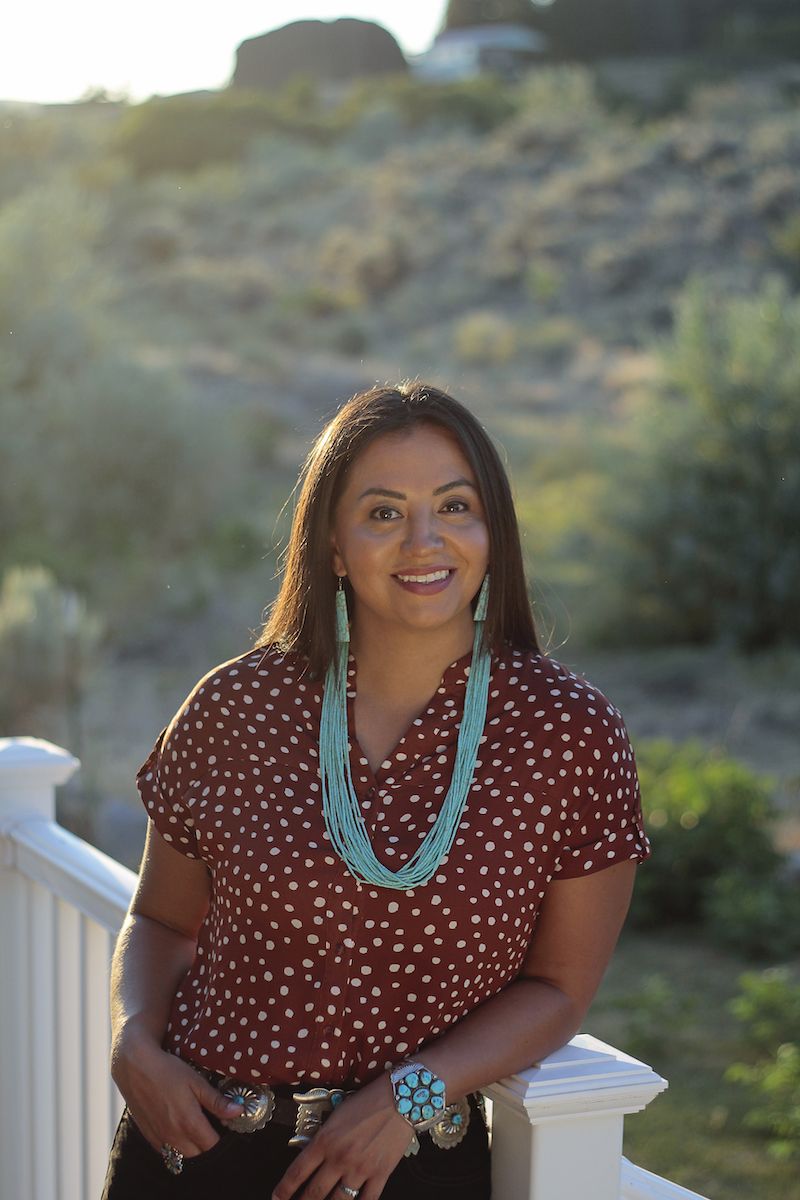
_920_614_600_350_80_s_c1.jpg)
_600_350_80_s_c1.jpg)

_600_350_80_s_c1.jpg)
